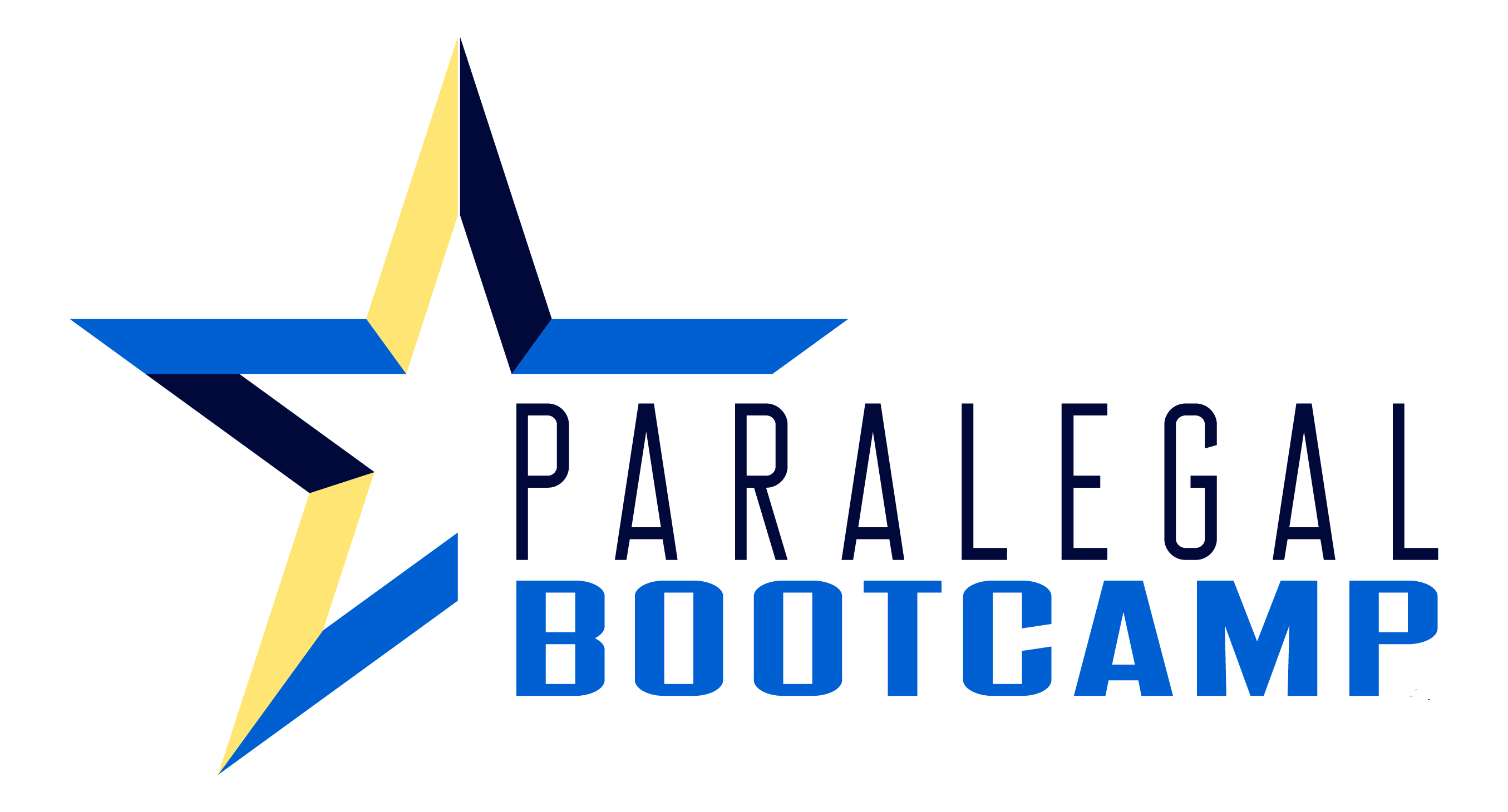4 Pro Tips for Drafting Billable Time Entries
How much do you love drafting billable time entries?
Oh, don’t we all love trying to figure out how to describe what we just did?
We spent four hours. We know it was valuable work to the client, but now we have to sit down and describe it.
Or worse yet, you spent .1 on a task that takes you .1 to figure out how to describe it.
In today’s blog, I’m going to give you four quick tips to help you draft better time entries. This is an example of something that I teach inside the Billable Hour Boot Camp.
Yes, the YouTube thumbnail says 3 tips – that’s because I came up with the 4th tip at the last-minute while I was recording the video.
Watch this paralegal training below!
Tip 1: Change Your Mindset About Your Billable Time Entries
What mindset do I need to change? Consider changing the mindset that entering your billable time is an administrative task that gets done when you’ve finished ALL of your other “more important” work.
Entering your billable time is not just an administrative task that you’re burdened with that gets in the way of you doing your actual work.
🚀 Here’s a bonus mindset shift to consider: Key Strategies to Change Your Mindset About Your Billable Time.
If you’re a paralegal working in a firm that bills time to clients, then drafting billable time entries is part of your job, part of your “actual” work the same way that getting that contract drafted or that brief e-filed.
Learn more about the important numbers for paralegal billable hours.
Tip 2: Know ALL of the Ins and Outs of Your Timekeeping Software
I can’t tell you the number of times that I’ve been inside a law firm doing a live session of the Billable Hour Boot Camp, and half the people in the room didn’t know that their firm’s time entry software could do XYZ function. They just learned the basics of it when they first started at the firm or when it was first rolled out at the firm. In other words, they just learned enough to get by and get the job done.
The problem with that is…you could be taking longer than necessary getting your billable time entries into the system. For example, using it to create shortcuts and templates so that it takes less time to input your time.
Also, the timekeeping system might have other functions that could help you track your time better, create reports on your non-billable time, etc.
My advice is to get to know the ins and outs of your timekeeping software just like you do all of the other software tools that you use on a daily basis. Get in there and watch those video tutorials. You’ll thank me, I promise.
Billable Hour Boot Camp
Live webinar series starts on September 23, 2025!
The billable hour course and coaching program to help law firm timekeepers:
✅ Exceed their annual billable targets
✅ Reduce their stress related to billable hours
✅ Write better time entries and reduce write-offs
✅ Get more work done in less time so that they have a better work/life balance
For the only time this year, we’re going live for a 5-part webinar series.
Join Ann Pearson as she gives you practical strategies, real-time coaching, and results-driven insights that you can apply immediately.
SEATS ARE LIMITED! Get yours before the doors close.

Tip 3: Your Billable Time Entries Should Answer AT LEAST Two Questions
What are those questions: What and Why.
Did you know that journalists use the 5W1H method as the way to know that they have a complete story. Their story has to answer: who, what, when, where, why, and how.
Who was involved, what happened, when did it happen, where did it happen, why did they do it or why did it happen, and how did this happen.
Think about some of those questions when you’re drafting your time entry.
How can I show the real value of the work that I did to the client? Well, first to the billing partner, so that it does get written off before it ever goes on the actual bill, and then how can I show the real value to the client.
So the main questions that your actual time entry needs to answer are the why and the what.
Why
Why did you do it and what did you do? Did you review something? Okay, but a client doesn’t really want to pay for you to review something just for the sake of you reviewing something.
Review an analysis of documents for the sake of what? Why are you charging me, the client, to review my documents that I gave to the attorney? That’s where the why comes in. And the why is really the most important question that you can answer because the why is what the client is asking.
Why should I pay my law firm’s paralegal to do XYZ? Why is she or he doing this work on my file?

What
Ask yourself what did I actually do? And one of the ways that you can answer that better and more efficiently and effectively is if you’re entering your time contemporaneous with doing the work, because then you remember all of “the what” that you did.
Here’s a perfect example: Review and analyze client documents.
An Example
Instead write: The review and analysis of client documents to remove any potential privileged and confidential information prior to the production to the plaintiffs.
That’s an important “why” that’s valuable to the client that their documents are reviewed and the privileged documents removed prior to the production to the plaintiff. So always add in a why.
Don’t ever just have “the what” in a time entry. When you’re describing the what, describe what it is that you’re actually doing.
Here’s another example.
Let’s say that you are reviewing and comparing licensing agreements and you’re reviewing a particular section in all of these license agreements for the client. Maybe they’ve got dozens or hundreds of these license agreements, and what are you reviewing them for? What is the substantive thing that might happen from that?
Maybe when you’re reviewing it, you’re also preparing a chart, some type of comparison chart, a licensing tracking chart, whatever it is. So think about maybe not only what you did, but what was the result of it?
All right, so remember, ask the questions who, what, when, where, why, and how that will allow you to start drafting the time entry, but then make sure that every single time entry that you draft at least answers the what you did and why you did it. And the rest is going to be easy. Well, not easy, but it will be easier for you.
Think about it from the client’s perspective. Why do I want to pay this lawyer or this paralegal to do this work for me?

Why Should I Care About Billable Time Entries?
If you’re like so many of us, you started your first position at a law firm maybe years ago even, and you were told you have to bill X number of hours to client files per year.
But no one told you exactly how to do that. They just expected that you would do it. Then you moved on maybe to another law firm, your second position, and no one told you how to do it there either. Even though your bonus might depend on it, your raise might depend on it, and your job security could depend on it.
You’re not alone. I’m telling you. I’ve been in the legal industry for over 30 years now. My entire professional life. It has given me the opportunity to meet thousands and thousands of legal professionals from across the country in all different roles, associates, junior partners, partners, paralegals, litigation support.
And I can tell you that in all of those years, I have never met a single person, not one, who went to work for a law firm and received comprehensive time entry training that made them feel confident that they were doing it correctly.
Learn why Billable Hours Matter More Than You Think They Do.
Tip 4: If you’re struggling to describe it as billable, it probably isn’t.
If you are struggling to draft a time entry for something that you feel like was clerical, but you’re sitting there at your computer trying to come up with a way to describe it that makes it sound billable, it’s probably not billable.
So ask yourself: that .1 filing that you did this morning – is it the best use of your time spending another .1 or worse, a .2, trying to figure out how to describe that work in a way that makes it sound billable?
No. And I won’t even get into the ethics of it at this point. Just ask yourself, am I struggling to draft the time entry because maybe it wasn’t billable, and I’m trying to come up with a way to make it sound billable?
BONUS: Get 3 Pro Tips for Paralegal Time Management!
Meet the Author

Ann Pearson is the Founder of the Paralegal Boot Camp and host of the Paralegal Coach Podcast Show. Ann is passionate about promoting the paralegal profession.
Ann spent 20 years working as a paralegal manager and a litigation paralegal before opening the Paralegal Boot Camp in 2010.
Ann’s training programs focus on adding immediate value to a paralegal’s career and bridging the gap between what a paralegal learns in school and what they actually do on the job.
Visit the About Us Page to learn more about why Ann started the Paralegal Boot Camp.

























